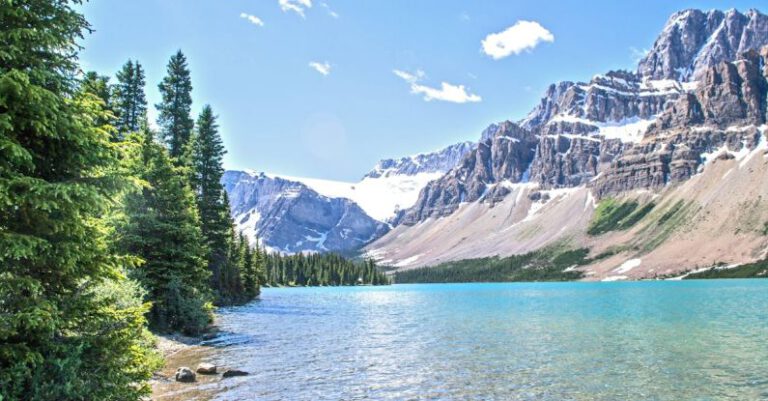What Is the Role of Wildlife Sanctuaries?
Wildlife sanctuaries play a vital role in preserving and protecting the diverse flora and fauna of our planet. These sanctuaries serve as safe havens for various species, offering them a protected environment where they can thrive without the threat of habitat destruction, poaching, or other human-induced dangers. From endangered species to migratory birds, wildlife sanctuaries play a crucial role in conservation efforts worldwide.
Preserving Biodiversity
One of the primary roles of wildlife sanctuaries is to preserve biodiversity. These sanctuaries provide a safe space for a wide range of plant and animal species to live and reproduce, helping to maintain the delicate balance of ecosystems. By protecting these habitats, wildlife sanctuaries help prevent the loss of biodiversity, ensuring that future generations can continue to enjoy the beauty and benefits of a diverse natural world.
Protecting Endangered Species
Wildlife sanctuaries are often home to endangered or critically endangered species that are at risk of extinction. These sanctuaries offer these animals a lifeline, providing them with a safe environment where they can breed and increase their populations. By safeguarding these species within the boundaries of a sanctuary, conservationists can work to protect them from threats such as habitat loss, poaching, and climate change. Through targeted conservation efforts, wildlife sanctuaries play a crucial role in preventing the extinction of endangered species.
Promoting Research and Education
Wildlife sanctuaries also serve as important research and education centers, providing scientists, students, and the public with valuable opportunities to study and learn about various plant and animal species. Researchers can conduct field studies, monitor wildlife populations, and gather data on habitat conditions within the sanctuary. This research helps inform conservation strategies and management practices, ensuring the long-term viability of the sanctuary and its inhabitants.
In addition to research, wildlife sanctuaries play a key role in educating the public about the importance of conservation and environmental stewardship. Through guided tours, interpretive signage, and educational programs, visitors can learn about the unique ecosystems found within the sanctuary and the threats facing the species that call it home. By raising awareness and fostering a sense of connection to the natural world, wildlife sanctuaries help inspire individuals to take action to protect and preserve the environment.
Supporting Ecotourism and Local Communities
Wildlife sanctuaries can also play a significant role in supporting ecotourism initiatives and benefiting local communities. By attracting visitors who are interested in experiencing nature and wildlife up close, sanctuaries can generate revenue that can be reinvested into conservation efforts and local development projects. Ecotourism can also create jobs and economic opportunities for nearby communities, providing an incentive for local residents to support conservation efforts and sustainable land management practices.
Moreover, wildlife sanctuaries can help promote environmental awareness and sustainable practices within local communities. By engaging with residents and stakeholders, sanctuaries can work collaboratively to address conservation challenges, such as habitat degradation, deforestation, and illegal wildlife trade. Through partnerships and community outreach programs, wildlife sanctuaries can foster a culture of conservation and empower individuals to take an active role in protecting the natural world.
In conclusion, wildlife sanctuaries play a multifaceted role in conservation efforts, serving as critical refuges for endangered species, biodiversity hotspots, research and education centers, and drivers of ecotourism and community development. By preserving and protecting natural habitats, wildlife sanctuaries help safeguard the rich tapestry of life on Earth for future generations to enjoy. It is essential that we continue to support and invest in these vital sanctuaries to ensure the long-term survival of our planet’s precious wildlife.






